Bowling is a beloved pastime enjoyed by millions around the world, whether in recreational leagues, casual outings, or professional competitions. A fundamental question for newcomers and enthusiasts alike is, how many pins are there in bowling? Understanding the number of pins and their arrangement is essential for grasping the basics of the game and improving your skills. In this comprehensive guide, we will delve into the details of bowling pins, their setup, variations in different bowling styles, and the significance they hold in the sport. Let’s take a closer look at the captivating world of bowling pins and discover everything you need to know about this key element of the game.
The Standard Bowling Pin Setup
When you step onto a bowling lane, one of the first things you notice is the arrangement of pins at the end of the lane. How many pins are there in bowling? The standard answer is ten. These ten pins are strategically placed in a triangular formation, commonly known as the “pin deck.” This setup is consistent across most traditional bowling games, ensuring uniformity and fairness in play.
Arrangement of the Ten Pins
The ten pins in bowling are arranged in four rows:
- First Row: One pin, known as the head pin, is placed directly in front.
- Second Row: Two pins are positioned behind the head pin, forming a straight line.
- Third Row: Three pins follow in the next row, creating a slight curve.
- Fourth Row: The final row consists of four pins, completing the triangular formation.
This precise arrangement is crucial as it influences the dynamics of the game, including how pins fall and how players strategize their throws.
Pin Specifications
Each bowling pin has specific measurements and weights to ensure consistency:
- Height: Approximately 15 inches from the base to the top.
- Weight: Between 3 pounds 6 ounces and 3 pounds 10 ounces.
- Base: The base of the pin is hollow and slightly concave, allowing it to stand upright and absorb impact effectively.
These specifications ensure that every pin behaves predictably, making the game fair for all players.
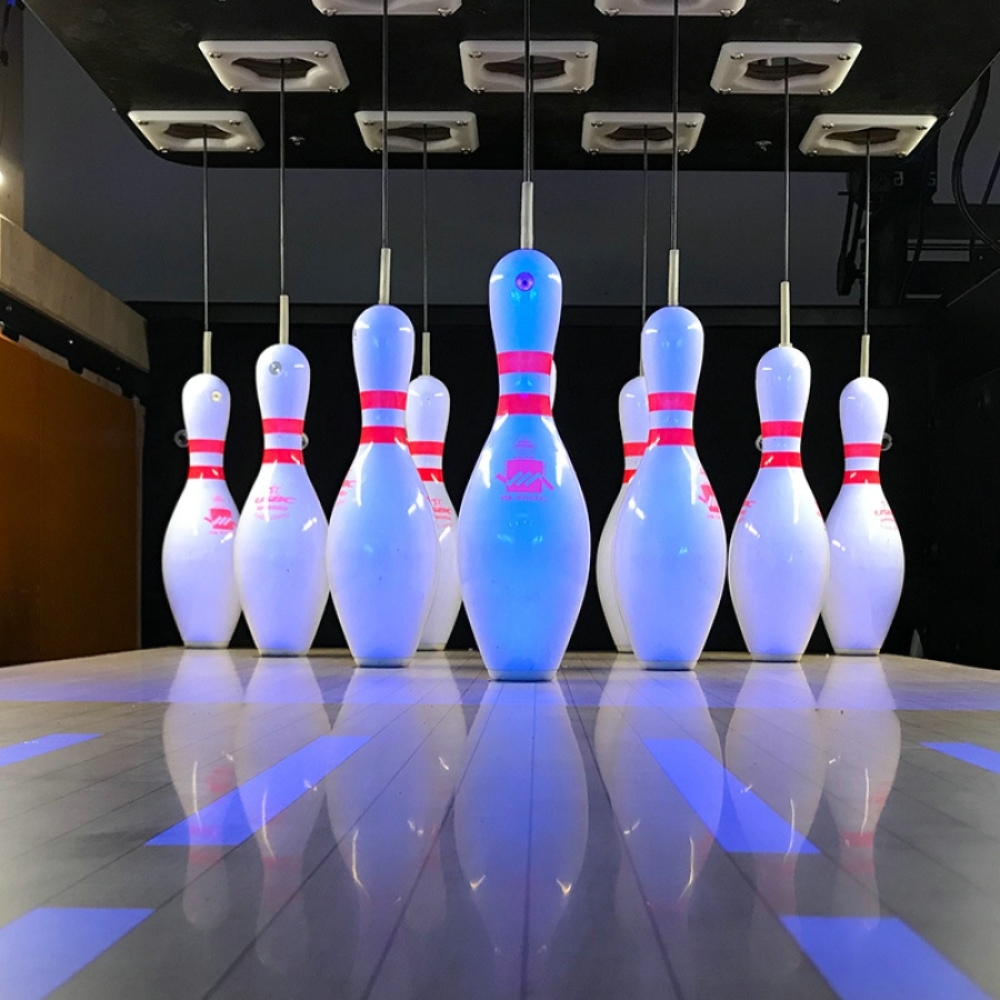 Variations in Bowling: Different Pin Counts
Variations in Bowling: Different Pin Counts
While ten pins are standard in traditional bowling, there are variations of the game that use different numbers of pins. These variations offer unique challenges and cater to different skill levels.
Five-Pin Bowling
Originating in Canada, five-pin bowling is popular in certain regions. As the name suggests, it uses five pins arranged in a V-shape:
- Front Pin: One pin in the center.
- Side Pins: Two pins on each side, forming a V.
Each pin has a different point value, making strategy and precision even more critical.
Duckpin Bowling
Another variation is duckpin bowling, which also uses ten pins but with some differences:
- Pin Size: Duckpins are shorter and thinner than standard pins.
- Bowling Balls: The balls are smaller and have less weight, without finger holes.
Duckpin bowling requires a unique technique due to the different equipment and pin characteristics.
Candlepin Bowling
Candlepin bowling is primarily played in the New England region of the United States and parts of Canada. It also uses ten pins, but:
- Pin Shape: Candlepins are taller and thinner, resembling candles.
- Balls: The balls are smaller and lack finger holes.
- Gameplay: Players have three throws per frame, compared to two in ten-pin bowling.
These differences make candlepin bowling a distinct and challenging variation of the sport.
The History of Bowling Pins
Understanding the origins of bowling pins adds depth to appreciating the game. Bowling has a rich history dating back centuries, evolving significantly over time.
Early Beginnings
Bowling-like games have been traced back to ancient civilizations, including Egypt, where artifacts suggest that early forms of bowling were played. However, the modern game of bowling, with ten pins, has its roots in Europe, particularly in England during the 14th century.
Evolution of the Ten-Pin Formation
The ten-pin setup became standardized in the 19th century, especially in the United States, where bowling clubs and leagues began to formalize rules and equipment. The introduction of standardized pin sizes and weights ensured consistency, leading to the widespread adoption of the ten-pin format we recognize today.
Technological Advancements
Advancements in manufacturing and materials have also influenced bowling pin design. Modern pins are crafted with precise specifications and durable materials, ensuring longevity and consistent performance. Innovations such as automatic pinsetters have revolutionized the game, making it more accessible and efficient.
How Bowling Pins Impact the Game
Bowling pins play a pivotal role in determining the outcome of each frame. Understanding their impact can help players refine their techniques and strategies.
Striking and Spare Techniques
Mastering how to hit bowling pins effectively is crucial for achieving strikes and spares:
- Strikes: Knocking down all ten pins with a single throw. This requires precise aim and optimal ball speed.
- Spares: Knocking down all remaining pins in the second throw after an initial miss. This involves strategic adjustments based on the first throw’s outcome.
Pin Action
The way pins fall, known as pin action, significantly affects the game’s flow. Factors influencing pin action include:
- Ball Speed and Angle: Determines how pins are struck and how they impact each other.
- Pin Deflection: Causes pins to scatter in various directions, creating challenges for subsequent throws.
Understanding these dynamics allows players to predict pin behavior and improve their accuracy.
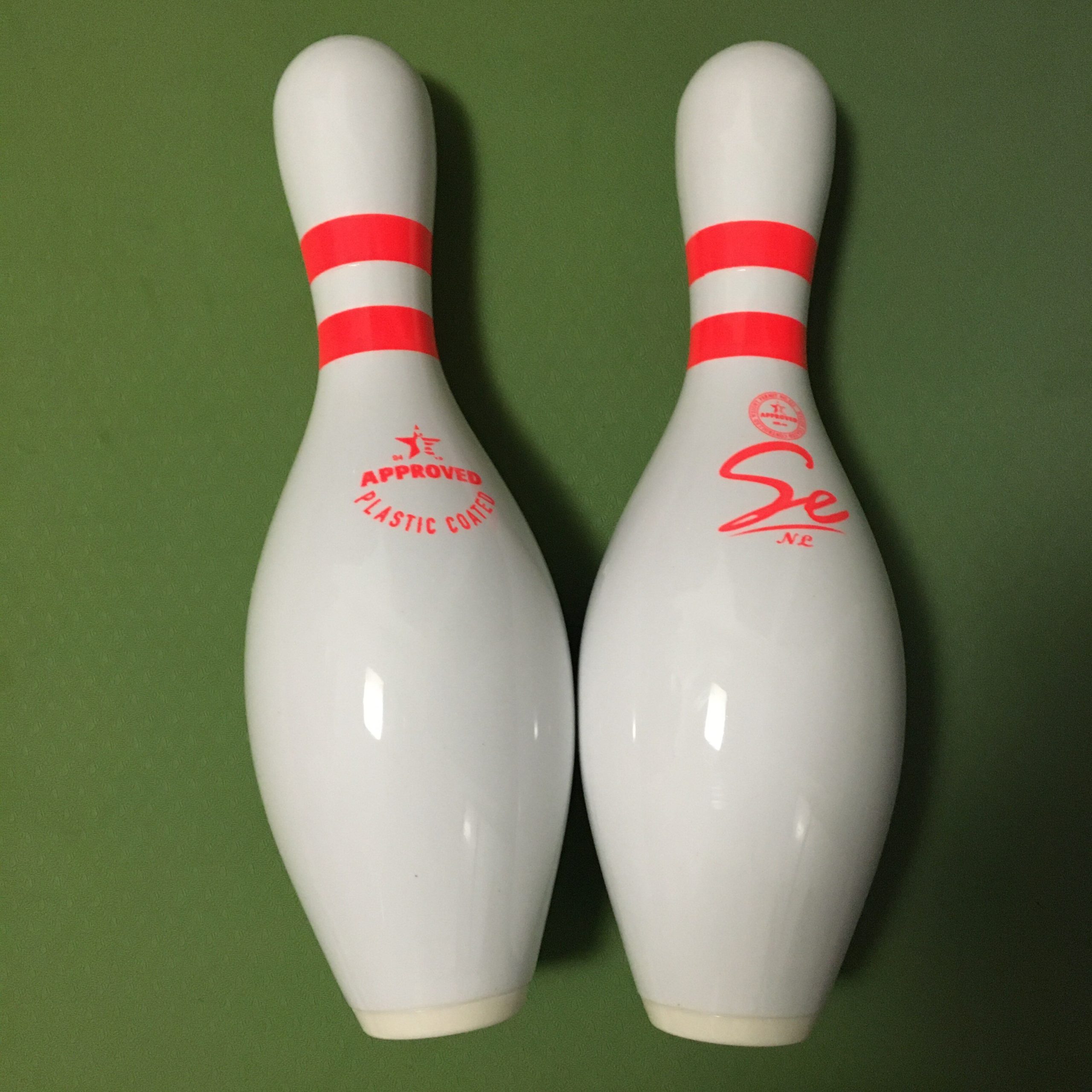 Maintenance and Care of Bowling Pins
Maintenance and Care of Bowling Pins
Proper maintenance ensures that bowling pins remain in optimal condition, providing a consistent experience for players.
Cleaning Pins
Regular cleaning removes dirt and oils that can affect pin performance:
- Surface Cleaning: Use a damp cloth to wipe the pins after each use.
- Deep Cleaning: Occasionally, pins should be soaked in a mild soap solution to remove stubborn grime.
Storage
Storing pins correctly prevents damage and prolongs their lifespan:
- Shelving: Store pins in a cool, dry place with ample space to avoid stacking pressure.
- Protection: Use pin racks or covers to shield them from dust and environmental factors.
Inspection and Repair
Regularly inspect pins for signs of wear and tear:
- Cracks and Chips: Replace damaged pins immediately to maintain uniformity.
- Balance and Weight: Ensure each pin meets the standard weight and balance specifications.
Proper care and maintenance keep bowling pins performing consistently, enhancing the overall bowling experience.
The Importance of Pin Setting Machines
In modern bowling alleys, pin setting machines are essential for maintaining the game’s efficiency and reliability.
How Pin Setting Machines Work
Pin set machines automate the process of resetting pins after each throw:
- Detection: Sensors detect knocked-down pins.
- Collection: The machine gathers the fallen pins.
- Resetting: It arranges pins in the proper ten-pin formation swiftly.
Benefits of Automation
Automation offers several advantages:
- Speed: Quickly resets pins, reducing wait times between throws.
- Consistency: Ensures pins are always placed accurately, maintaining fairness.
- Safety: Minimizes manual handling, reducing the risk of injury.
Pin setting machines enhance the overall bowling experience by providing a seamless and efficient game flow.
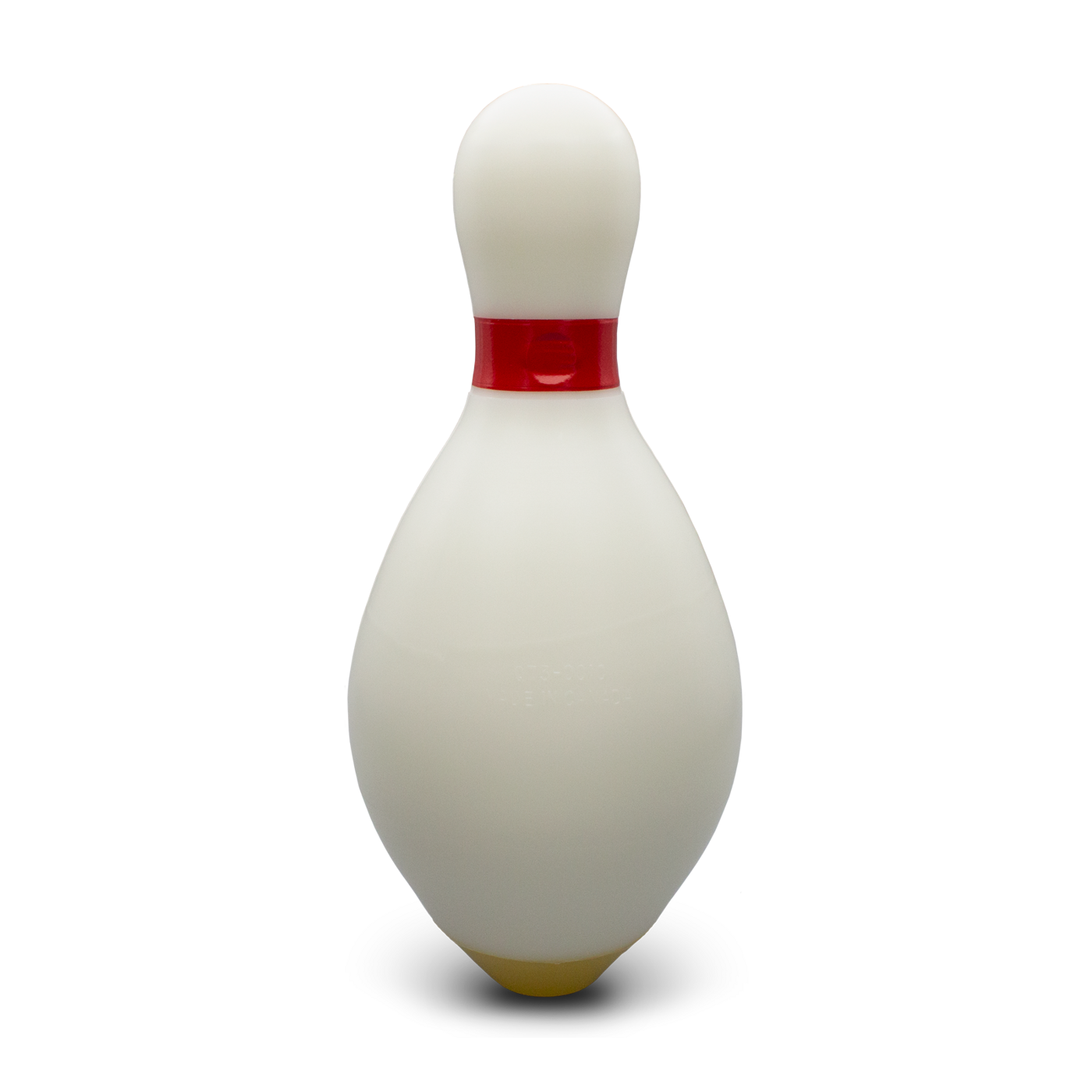 How to Improve Your Bowling Game by Understanding Pins
How to Improve Your Bowling Game by Understanding Pins
A deep understanding of bowling pins can significantly enhance your performance and enjoyment of the game.
Analyzing Pin Patterns
Different pin patterns affect your strategy and shot placement:
- Symmetrical Strikes: Targeting the head pin and aiming for an optimal angle ensures a better chance of hitting all pins.
- Isolated Pins: Learning how to convert single or double pin spares requires precise shots and adjustments based on previous attempts.
Adapting to Lane Conditions
Lane conditions, such as oil patterns, influence how pins react to your throws:
- Dry Lanes: Allow the ball to travel straighter, affecting pin action.
- Wet Lanes: Cause the ball to hook more, creating different pin interactions.
Adapt your technique based on lane conditions to maximize your efficiency in knocking down pins.
Practicing Consistently
Regular practice helps internalize the best ways to interact with pins:
- Repetition: Consistently striking pins at similar angles builds muscle memory.
- Feedback: Analyzing how pins fall provides insights into refining your aim and speed.
Consistent practice aligns your skills with the behavior of bowling pins, leading to improved scores and greater confidence.
Bowling Etiquette and Pin Management
Respecting the rules and etiquette surrounding bowling pins ensures a harmonious and enjoyable environment for everyone.
Handling Pins Properly
Always handle bowling pins with care to prevent damage and maintain their condition:
- Avoid Heavy Dropping: Place knocked-down pins gently to avoid dents and cracks.
- Proper Storage: Follow recommended storage practices to keep pins in top shape.
Sharing the Lane
Be considerate of other bowlers by managing pins efficiently:
- Quick Resetting: Allow pin setters and other bowlers to access the lane without unnecessary delays.
- Cleanliness: Keep the area around the pins clean to prevent accidents and maintain a professional atmosphere.
Adhering to proper etiquette fosters a respectful and enjoyable bowling environment for all participants.
Advances in Bowling Pin Technology
Technology continues to evolve, enhancing the quality and functionality of bowling pins.
Material Innovations
Modern bowling pins incorporate advanced materials to improve durability and performance:
- Synthetic Composites: Offer enhanced resistance to wear and tear compared to traditional wood.
- Polymer Coatings: Protect pins from moisture and staining, extending their lifespan.
Design Enhancements
Innovative designs contribute to better pin action and aesthetics:
- Aerodynamic Shapes: Improve the way pins interact with the ball, leading to more predictable outcomes.
- Enhanced Gravity Centers: Ensure pins fall uniformly, improving fairness and consistency in the game.
These technological advancements make bowling pins more reliable and enjoyable for players of all levels.
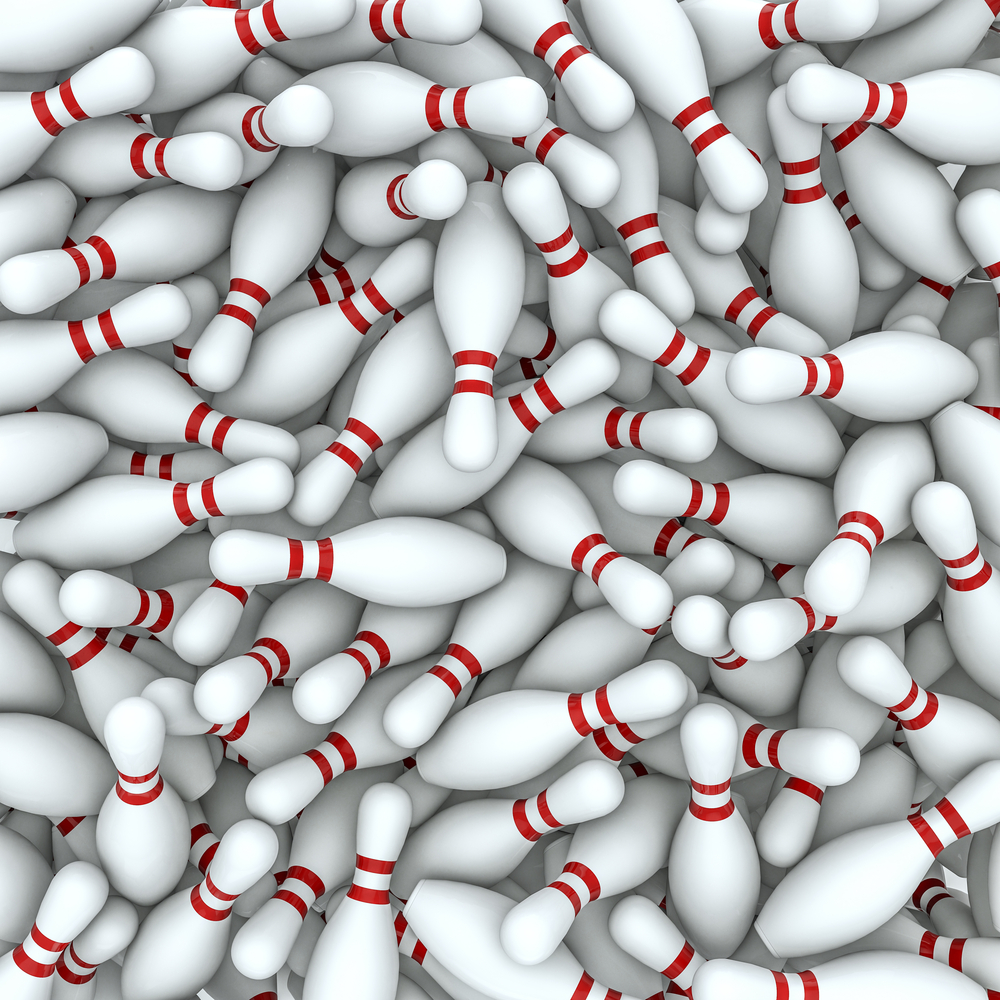 Community and Competitive Bowling
Community and Competitive Bowling
Bowling pins are central to both casual play and competitive bowling, fostering community and sportsmanship.
Recreational Bowling
In recreational settings, bowling pins offer a fun and engaging activity for all ages:
- Family Outings: Bowling alleys serve as popular destinations for family gatherings and social events.
- Casual Leagues: Provide a relaxed environment for enthusiasts to enjoy the sport without intense competition.
Competitive Bowling
In competitive bowling, the precision and consistency of bowling pins are paramount:
- Tournaments: Rely on standardized pin setups to ensure fair competition among participants.
- Professional Leagues: Use high-quality pins and advanced pin setting machines to maintain the highest level of play.
Competitive bowling highlights the skill and strategy involved in interacting with bowling pins, making the sport both challenging and rewarding.
The Future of Bowling Pins
Looking ahead, the future of bowling pins promises continued innovation and improvement.
Sustainable Materials
As environmental awareness grows, the bowling industry is exploring sustainable materials for pin production:
- Recycled Metals and Plastics: Reduce the environmental footprint of pin manufacturing.
- Eco-Friendly Coatings: Minimize harmful chemicals in pin finishes, promoting safer and greener bowling environments.
Enhanced Pin Setting Technology
Future advancements in pin setting technology aim to further streamline the game:
- Smart Sensors: Provide real-time data on pin fall patterns, aiding in player training and performance analysis.
- Automated Maintenance: Ensure pins are always in optimal condition, reducing downtime and enhancing gameplay efficiency.
Personalized Pin Designs
Customization options are expanding, allowing players to personalize their pins:
- Custom Engravings: Enable players to add names, logos, or unique designs to their pins.
- Color Variations: Offer a wider range of colors and finishes, catering to individual preferences and team identities.
These future developments will enhance the bowling experience, making it more engaging and personalized for players worldwide.
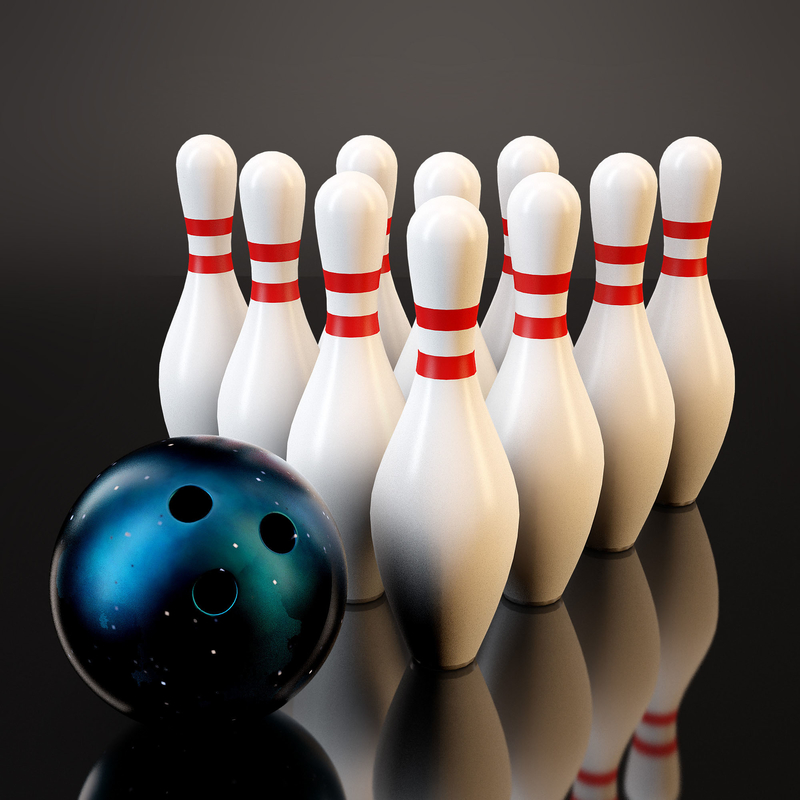 Conclusion
Conclusion
Understanding how many pins are there in bowling is fundamental to mastering the game and enjoying its many facets. With ten pins forming a perfect triangle, the setup provides a consistent foundation for both casual and competitive play. By exploring different folding techniques, variations in bowling styles, and the impact of advances in pin technology, you can deepen your appreciation for this classic sport. Whether you’re a seasoned bowler or just starting out, recognizing the importance of each pin and how they interact with your throws will elevate your game to new heights. Embrace the knowledge of bowling pins and let it guide you to a more enjoyable and successful bowling journey.